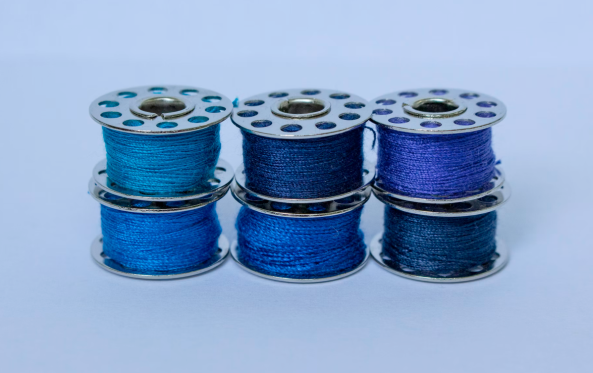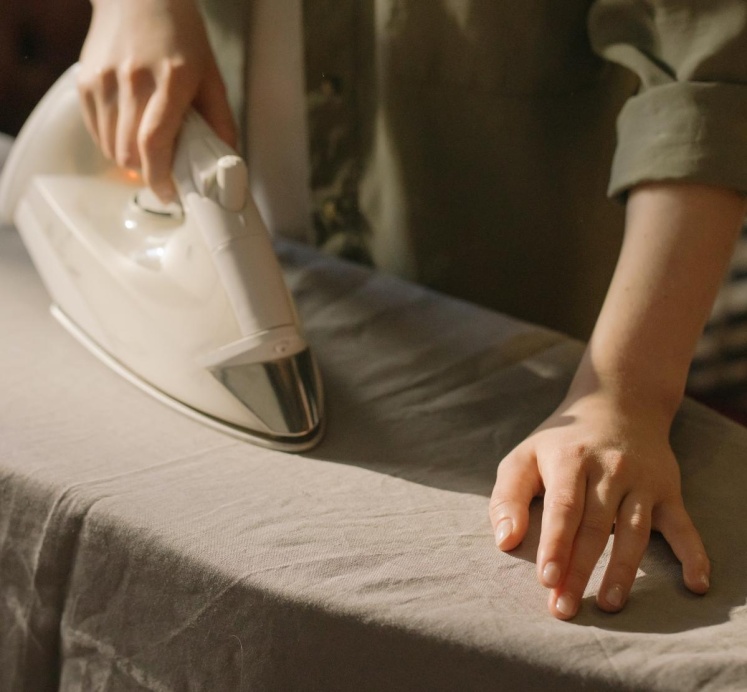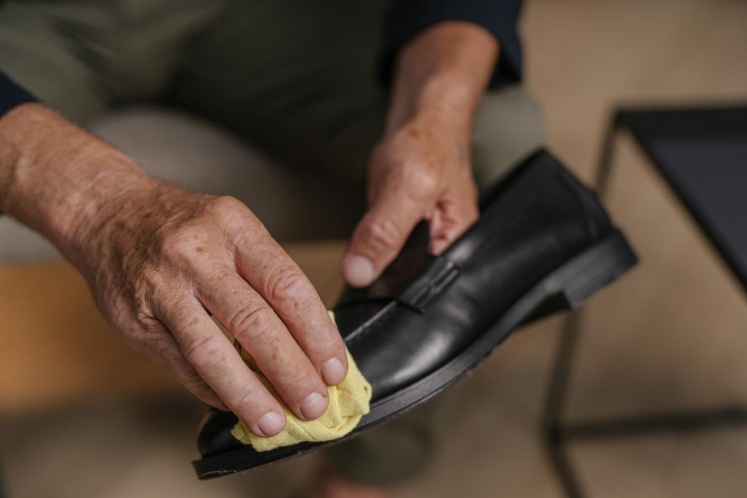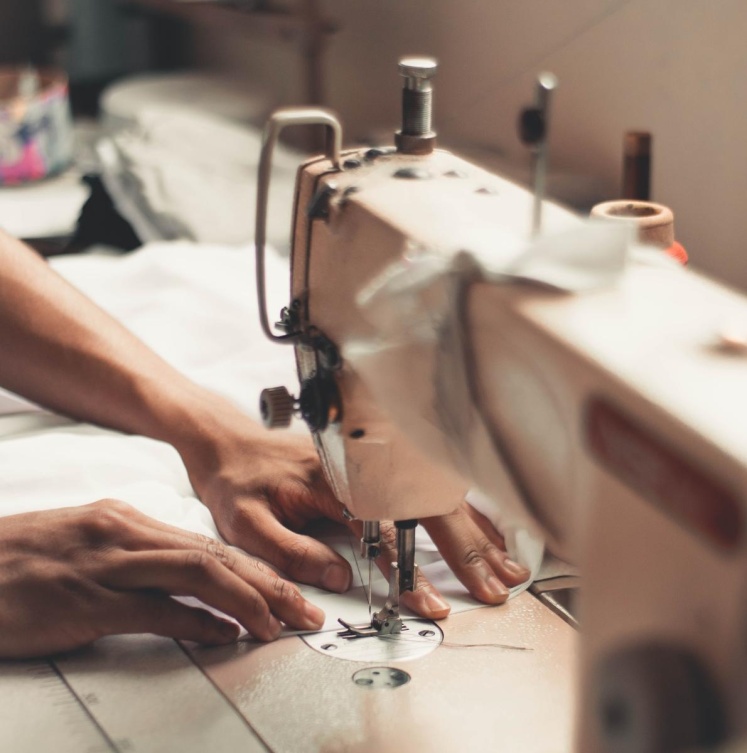
13th edition of Refashion Innovation Challenge
Refashion's Innovation Challenge is back for its 13th edition! Find out more about the call for R&D projects and how to apply!

Refashion's Innovation Challenge is back for its 13th edition! Find out more about the call for R&D projects and how to apply!

Pour la 2ème édition de son appel à projets annuel dédié au réemploi, Refashion soutient 35 projets en France métropolitaine et à La Réunion.|Pour la 2ème édition de son appel à projets annuel dédié au réemploi, Refashion soutient 35 projets en France métropolitaine et à La Réunion.
Increasing product lifespan is an important step in the eco-design process. Today, clothes are worn for shorter and shorter periods of time due to a decline in their intrinsic quality, but also because of frequent changes in styles and trends. This considerably reduces the product's life cycle, leading it more quickly to become waste and sometimes preventing it from being reused. The shortened product life cycle encourages consumers to buy new clothes and leads to overproduction and overconsumption, which is a major problem in the textile industry.
According to the report ‘Design for Longevity’ by WRAP, extending the life of a clothing product by 33% (i.e. using it for 9 months longer than in the baseline scenario) would reduce CO2 equivalent emissions by 27% and water consumption by 33%. In addition to rationalising resource use and preventing waste, extending the lifespan of products therefore reduces their environmental impact.
Two definitions of sustainability can be distinguished: physical durability and emotional durability.
It considers the product's ability to resist wear and ageing, which can be influenced by:
In its Sustainable Clothing guide, WRAP defines this as the product's ability to suit and remain appealing to customers for as long as possible. It is influenced by:
Several ongoing projects are seeking to define a methodology for measuring durability: what is the lifespan of a product? What criteria should be studied to determine this lifespan? Physical and/or emotional durability? etc.
This work is particularly important in the context of discussions on environmental labelling. Sustainability is a key criterion for accurately assessing the environmental impact of textiles and shoes. To find out more about environmental labelling, see our cheat sheet on ‘Labels and environmental communication’.
Refashion offers eco-modulation to encourage sustainability. A per-item bonus is available for end destination marketers of clothing, household linen and shoe according to defined sustainability criteria. To find out more, visit our page dedicated to eco-modulation.
It is necessary to work on the durability of a product during its design phase, taking certain criteria into account:
To ensure the physical durability of your product, it is essential to carry out quality tests during pre-production and to conduct regular monitoring.
The main physical tests may include:
Resistance to abrasion, pilling, tearing, bursting or pulling, as well as seam strength, wash stability and seam slippage (non-exhaustive list).
Colour fastness tests may include:
Resistance to friction (wet and dry), chlorinated water and sea water, phenolic yellowing, domestic bleaching, commercial laundry and dry cleaning, as well as the durability of printing on textiles (non-exhaustive list).
To raise awareness and help consumers take the best possible care of their textile products, advice can be given, such as:

A few years ago, COFREET (the French Committee for Textile Care Labelling) launched the clevercare.info initiative, enabling its member brands to raise consumer awareness of eco-friendly textile care for the protection of the environment. Brands can thus display the ‘clevercare.info’ logo on their labels and/or communication materials, which directs consumers to a dedicated site where they can find numerous recommendations and tips on eco-friendly textile care.
Here are a few tips to help consumers care for their shoes properly:
- For smooth leather shoes: waterproof them before first use and maintain them regularly with polish and leather milk.
- For suede shoes: waterproof them before first use, use a suitable eraser and a specific cleaning product to preserve the colour of the leather;
- For canvas shoes: hand wash with soap.

For more information, visit the CTC (Professional Committee for Economic Development in Leather, Footwear, Leather Goods and Gloves) page ‘How to care for your shoes?’.
Once the product has been sold to the consumer, it is possible to continue offering services to extend the product's lifespan.
A change in business model can also be initiated by turning to the functional economy, which the Ministry for Ecological Transition defines as ‘a system that prioritises use rather than the sale of a product. It aims to develop integrated solutions for goods and services with a view to durability’. In particular, it can be implemented by offering product rental services rather than a sales model. Rental maximises the number of users (and therefore uses of the product), thus preventing consumer fatigue with the product style.
All these services can help extend the lifespan of products and thus delay the moment when they are no longer reusable.
